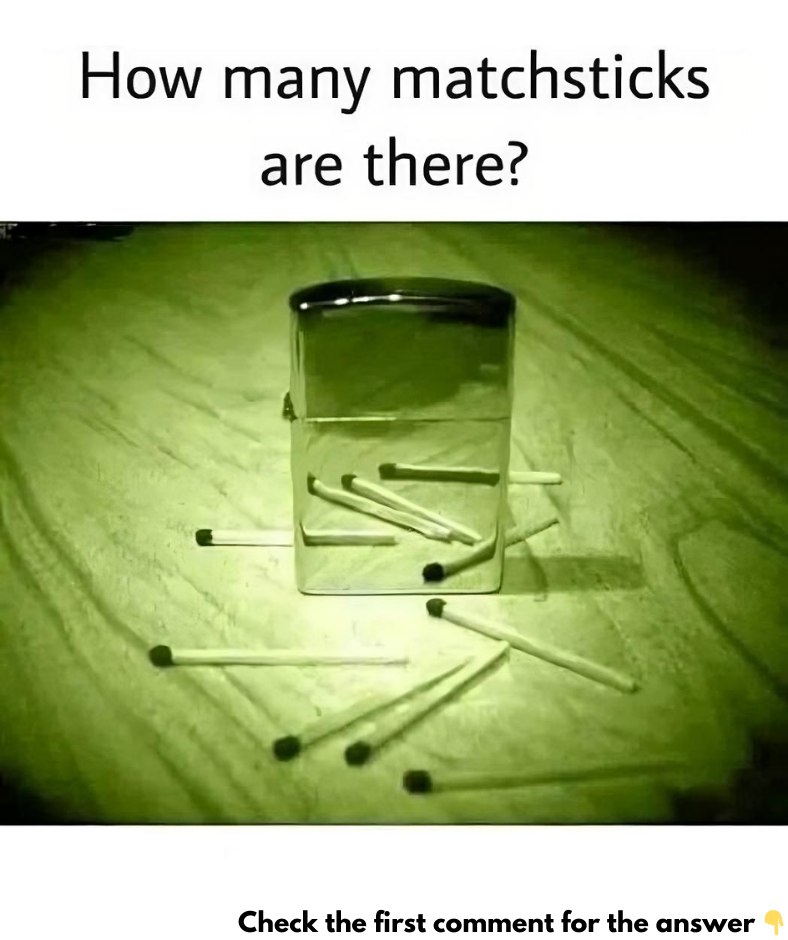Have you ever found yourself completely absorbed by a puzzle, trying to unravel its mysteries? Picture brain teasers are designed to do just that. These visual challenges test your observation skills, engage your brain, and push you to think creatively. Whether you’re solving them for fun or as a mental workout, they offer a perfect mix of entertainment and intellectual stimulation.

Why Do Picture Brain Teasers Captivate Us?
The appeal of picture brain teasers lies in their ability to stimulate multiple areas of your brain. They challenge your logic, creativity, and visual processing simultaneously, forcing you to think beyond the obvious. Unlike traditional puzzles, these visual riddles require attention to detail and a willingness to question your assumptions.
Often, the answers are hiding in plain sight, but your mind can trick you into overlooking them. By sharpening your observation skills, these puzzles teach you to spot patterns, identify hidden elements, and view problems from different perspectives.
The Match Puzzle: A Test of Observation
Let’s put your visual skills to the test with a classic picture brain teaser. The image shows a lighter and several matches. Your task? Determine how many matches are actually present in the picture.
At first glance, the solution may seem obvious, but a closer inspection reveals its complexity:
- Physical Matches: The image shows five matches lying directly in front of the lighter.
- Reflected Matches: In the lighter’s reflection, five additional matches appear.
Here’s the tricky part: only three of the reflected matches visibly emerge beyond the lighter’s surface. The other two are part of the reflection itself and don’t exist as physical objects.
When you combine the five physical matches with the three reflected ones, the total count is eight matches.
What Makes This Puzzle So Clever?
The match puzzle is a brilliant example of how brain teasers manipulate perception. Your brain instinctively focuses on the obvious—the physical matches—while discounting the reflection. By overlooking key details, you’re led to underestimate the total count.
This is the essence of what makes picture brain teasers so enjoyable: they force you to think beyond surface-level observations. Solving them requires a willingness to question what you see and explore alternative perspectives. That “aha” moment when the solution clicks is incredibly rewarding.
Tips for Solving Picture Brain Teasers
Want to improve your puzzle-solving skills? Here are a few strategies:
- Take Your Time: Rushing often leads to missed details. Slow down and carefully examine every element of the image.
- Change Perspectives: Look at the puzzle from different angles. Sometimes, shifting your focus can reveal hidden clues.
- Practice Regularly: The more puzzles you solve, the sharper your observation skills will become. Incorporate a variety of challenges into your routine.
- Stay Curious: Cultivate a sense of wonder and curiosity. Ask yourself “What if?” and push the boundaries of what you assume to be true.
Why Picture Brain Teasers Are Worth Your Time
Picture brain teasers are more than just a fun way to pass the time. They’re a tool for boosting mental agility and honing visual acuity. By encouraging creative thinking and problem-solving, they help you develop a sharper mind and a more critical eye for detail. Plus, they offer a healthy dose of satisfaction when you finally crack the code.
So, the next time you encounter a visual puzzle, embrace the challenge. You might be surprised by how much you learn—and how much fun you have—along the way.





